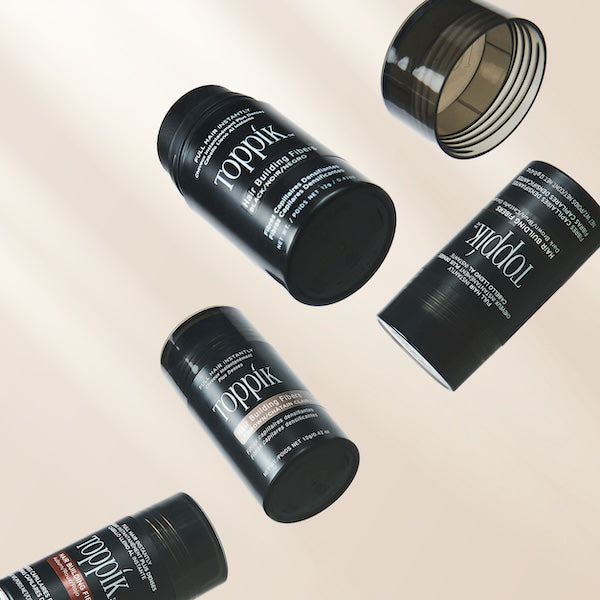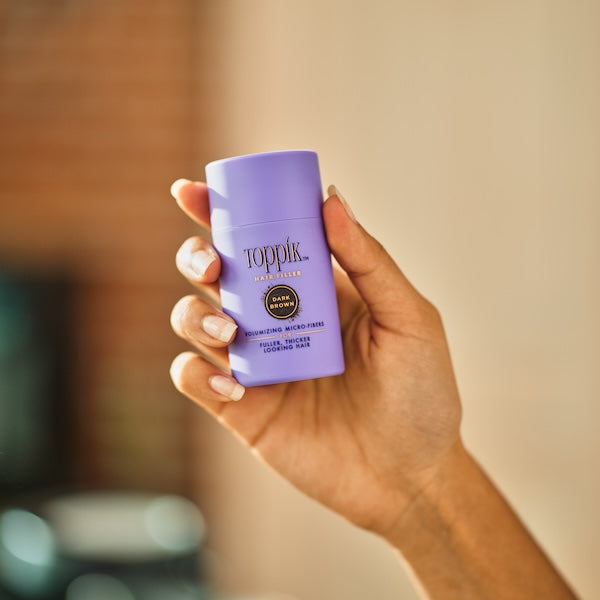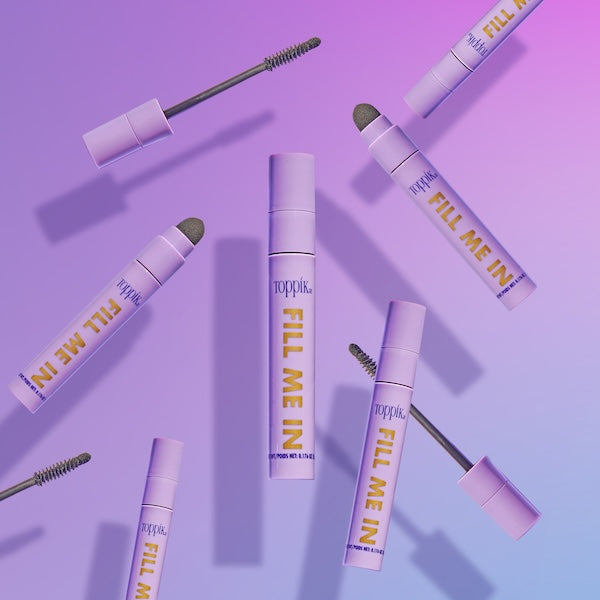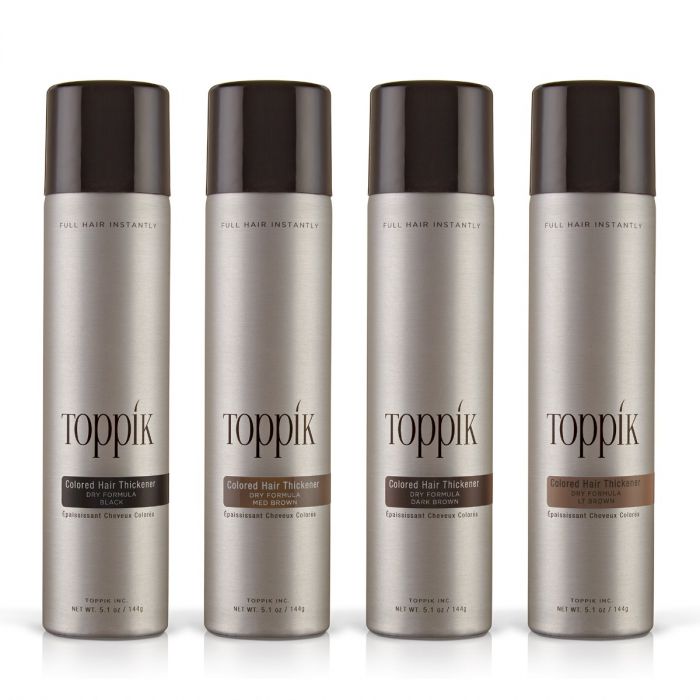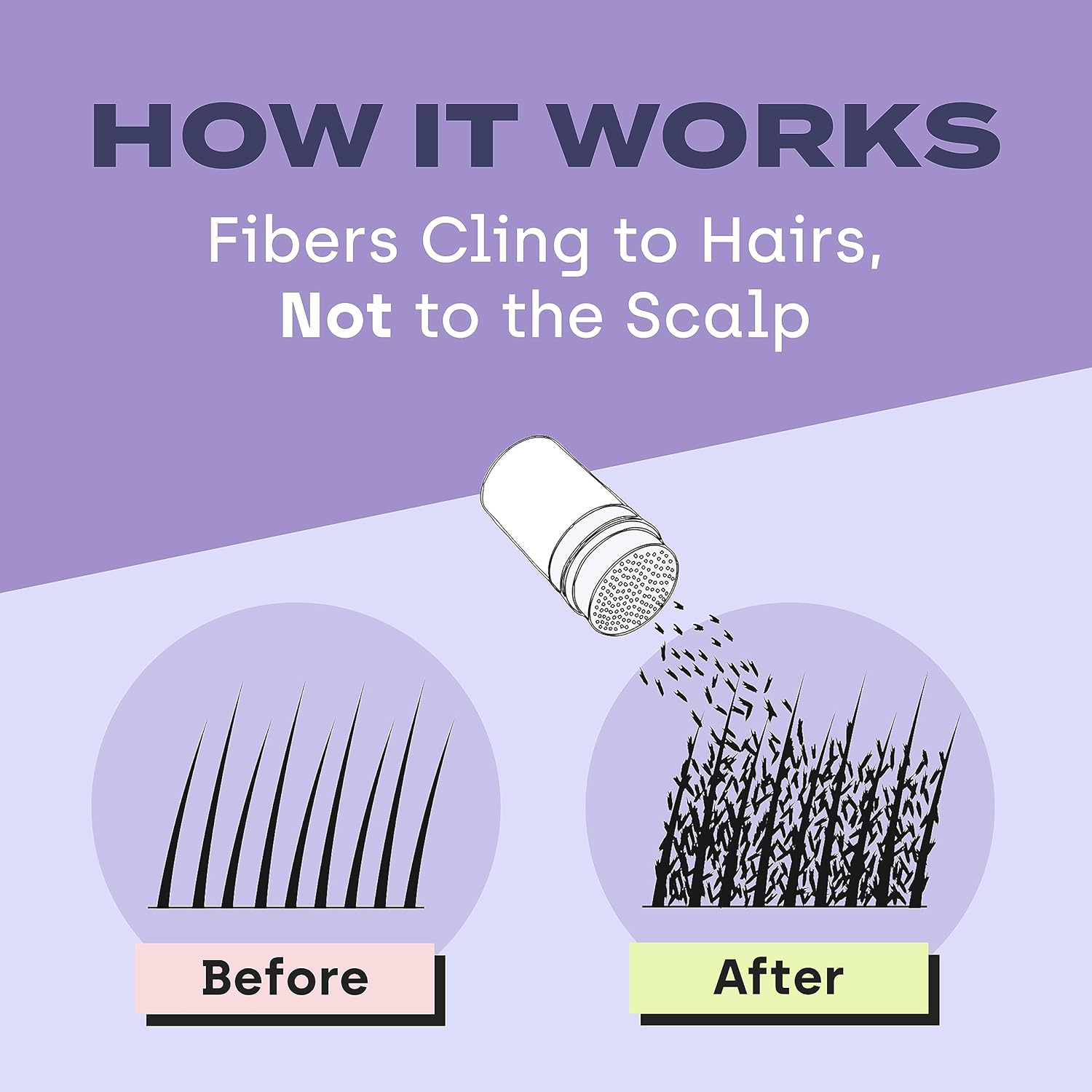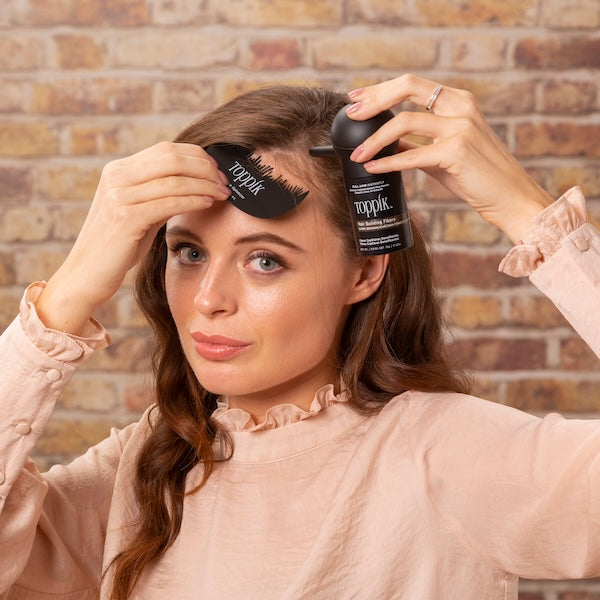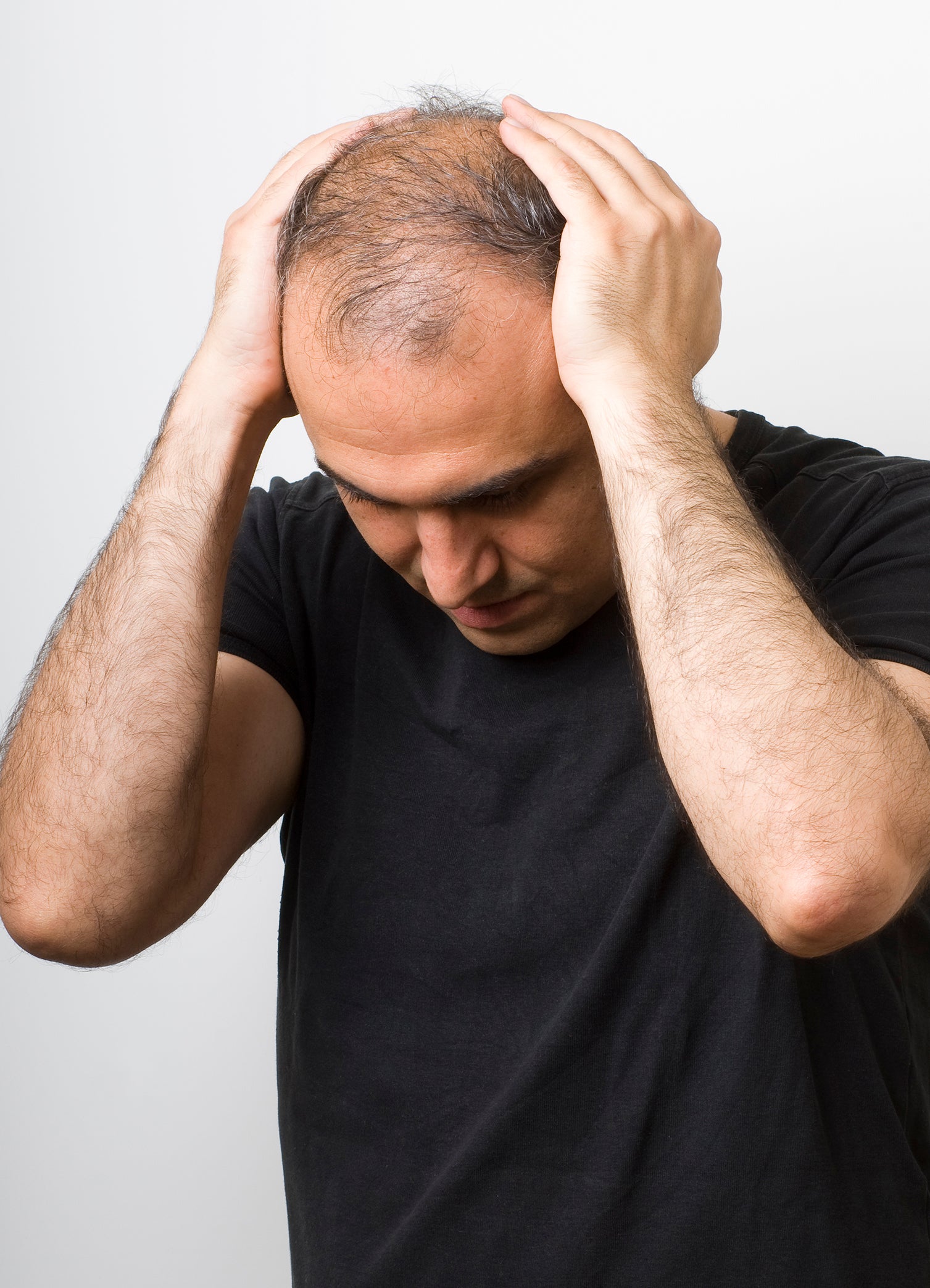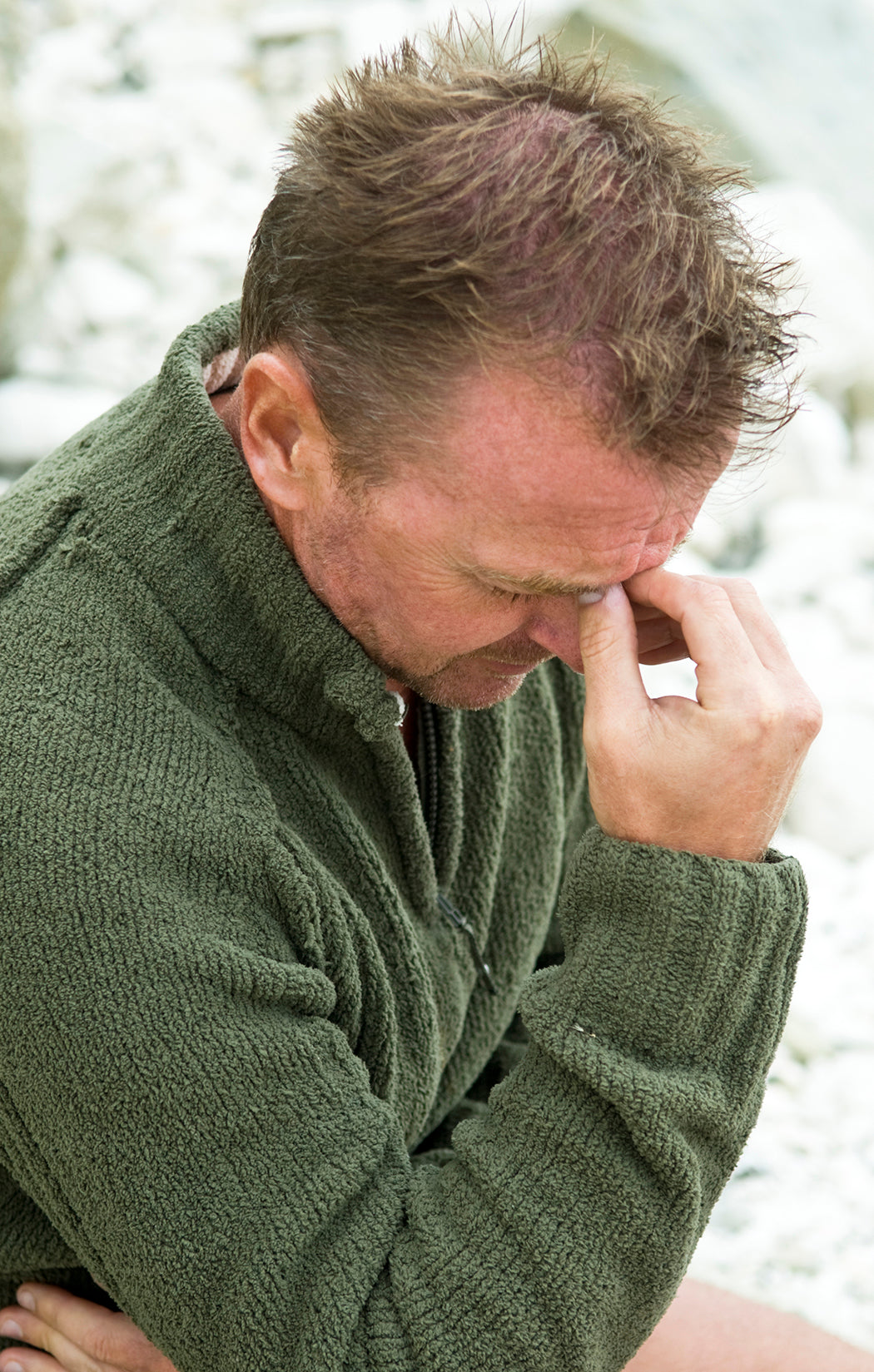According to the American Hair Loss Association, about 85% of men will have significant hair thinning by the time they turn 50, and some men will even begin to lose hair as early as 21.
We think even just reading those figures could make you lose your hair! However, if you equip yourself with the facts, you can tackle this challenging phase of your life with confidence.
The key is to know what type of hair loss you’re experiencing, what’s causing it, and the different treatment options available to you.
Whether you’re looking to regrow hair, cover up hair loss, or make your hair look thicker and fuller, Toppik can provide you with the best solutions, while also helping to educate you on the science behind what is happening and your options.
Read on to learn more about hair loss and the different treatments available for hair regrowth for men.
Types of Hair Loss
Most men can expect to encounter one of these four types of hair loss at some point in their lives.
Involutional Alopecia
Involutional alopecia is the gradual thinning of the hair that occurs with age. It is a natural condition that happens as more and more hair follicles go into the telogen, or “resting” phase. In this phase, hair continues to get shorter with fewer hairs growing, and it becomes harder to regrow hair. 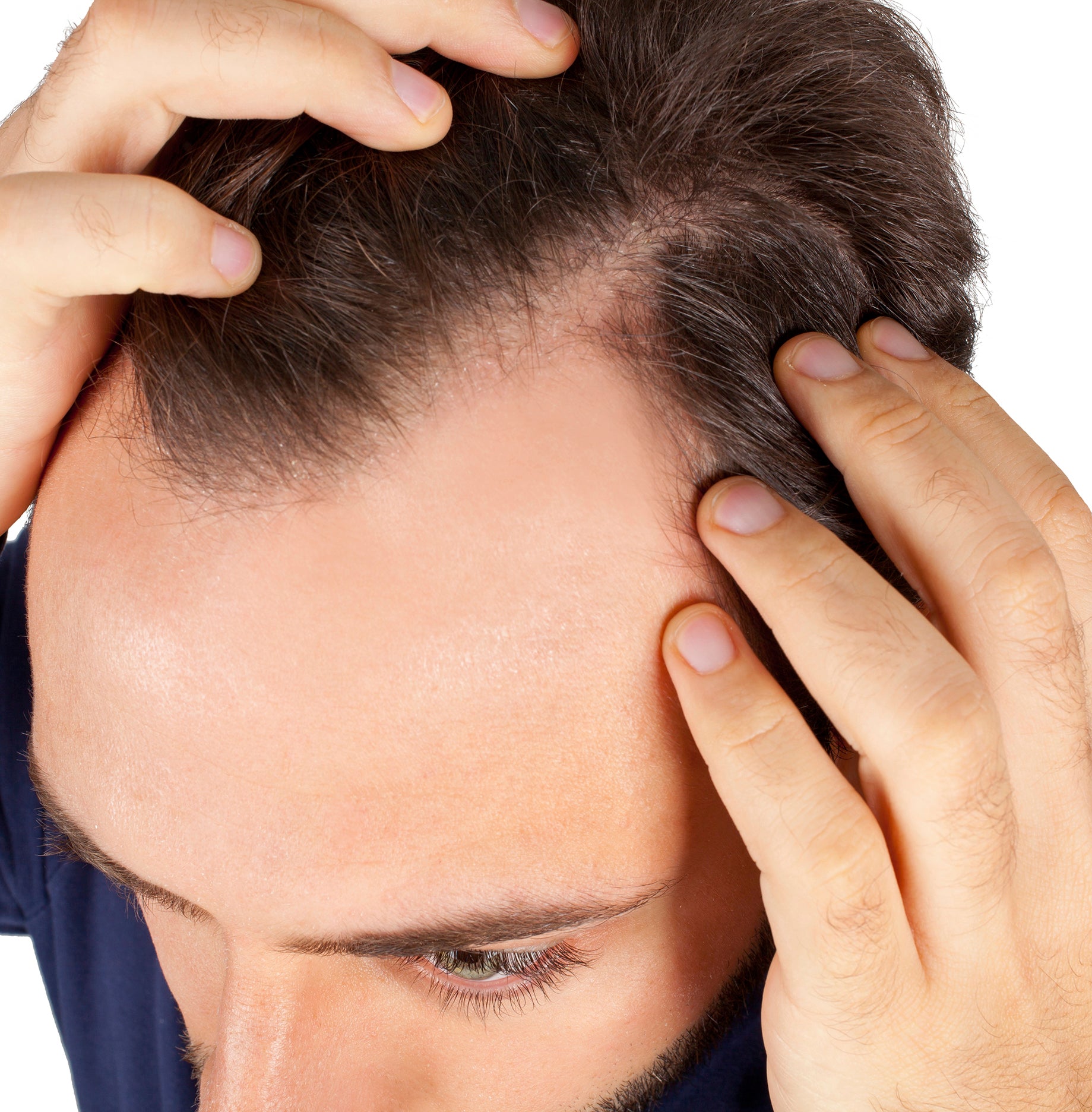
Androgenetic Alopecia
Androgenetic alopecia, also known as male pattern baldness, is a hereditary condition characterized by a receding hairline and gradual disappearance of the hair from the top of the scalp. This condition is responsible for the vast majority of hair loss in males. It can affect both men and women, but men can experience this type of hair loss as early as their teens or early 20’s.
Men who suffer from male pattern baldness have actually inherited hair follicles that have a genetic sensitivity to Dihydrotestosterone (DHT). DHT shortens the lifespan of the affected hair follicles, and eventually stops the production of new follicles.
Alopecia Areata
Alopecia areata is an autoimmune skin disease that results in hair loss on the scalp and elsewhere on the body. It occurs when your immune system mistakenly attacks hair follicles, which is where hair growth begins. It is not permanent, but experts do not know the cause of the attack on the hair follicles.
Patients and doctors usually begin to notice when clumps of hair fall out, which causes small, round patches of visible and exposed scalp on top of the head. In about 90% of people with this condition, the hair may return within a few years. 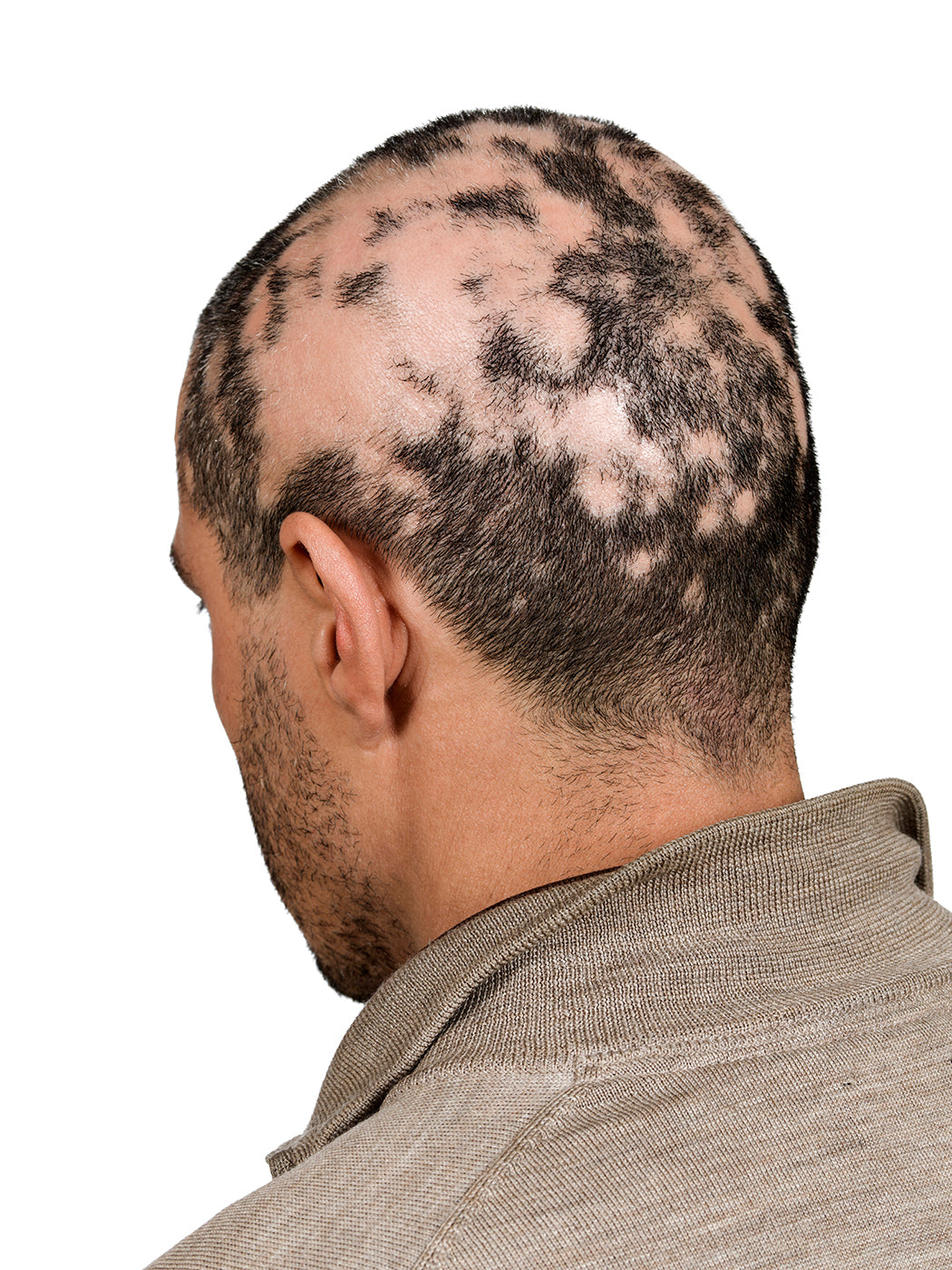
To read more, visit our blog post on alopecia areata.
Telogen Effluvium
Telogen Effluvium is a temporary condition that develops when there is a change in the number of hair follicles growing hair. It is caused by a large number of hairs entering the Telogen or “resting” phase at the same time, which causes the hair follicles to become dormant, and subsequent shedding and thinning occurs.
Now that you know the types of hair loss that can occur in males, it’s important to understand the causes, and if there are any preventative measures one can take to help minimize hair loss.
Causes for Hair Loss
There are many causes for hair loss, but luckily, in most cases, hair regrowth for men is possible.
Medical Conditions
Medical conditions, such as thyroid disease, lupus, diabetes, iron deficiency, eating disorders, and anemia can all cause hair loss.
While hair loss is a normal response under these circumstances, it’s important to understand the effects of other medical conditions on the body. Once the underlying problem is treated, in many cases, the hair will return.
Diet
A balanced diet is key to good health. If the body isn’t getting enough essential vitamins, minerals, and nutrients, then the body’s organs, tissues, and cells may not be functioning properly.
Protein, iron, zinc and biotin deficiencies have all been linked to hair loss in men. In addition to deficiencies, having too much of certain nutrients, such as vitamin A or carotenes can also cause premature male pattern baldness.
Learn more about the best foods that promote healthy hair growth and restoration.
Stress
Short-term, everyday stress, such as work or family life, is not going to cause your hair to fall out. A major life event though, or something that causes you to lose sleep at night or a change in appetite, could raise the level of stress hormones in your body. Hopefully this kind of stress will go away over time, and once it does, male hair growth will be possible again.
Hormones
Dihydrotestosterone (DHT) shortens the growth cycle of your hair and increases the resting phase. Overtime, hair begins to grow less and becomes shorter until it stops growing altogether. Unfortunately, genes can make certain hair follicles (usually in the front and crown of the head) especially sensitive to this hormone. Furthermore, excess levels of testosterone often result in higher levels of DHT and therefore an increase in hair loss or baldness.
Genes
More than 95% of male hair loss is due to male pattern baldness, which is genetic. Contrary to popular belief, this gene can come from either parent. Unfortunately this type of hair loss is impossible to prevent, but there are men’s hair growth treatments that, when used early enough in the hair loss process, can help counteract the genetic trait.
One of the most difficult parts of hair loss is knowing the right product or products to use to help treat it. Read on to learn the best treatment to use for the type of hair loss you have.
Treatments and Solutions for Hair Loss
Ask yourself: Are you looking for a long-term male hair growth treatment, or an everyday cosmetic solution?
Hair Regrowth
If you are still able to regrow hair and are interested in a long-term solution, then Toppik Men’s Hair Regrowth Treatment might be an appropriate solution.
The treatment contains FDA-approved 5% Minoxidil, which is clinically proven to help regrow hair. Applied twice daily to the area of hair loss on the scalp, results can be seen as early as two months, but can sometimes take up to four. Continuous use of this product is needed in order to maintain hair regrowth.
Thin or Thinning Hair
If you want to cover up hair loss, but a permanent solution is either not what you’re looking for or is not possible, there are still plenty of options available to you.
For thin or thinning hair, Toppik Hair Building Fibers is the ideal product to use. Made of natural, colored Keratin protein that is statically charged, Toppik Hair Building Fibers intertwine with your existing hair to create a completely natural look. Hair Building Fibers will stay in your hair through wind, rain, and perspiration, but will easily wash out with shampoo. This makes Hair Building Fibers the simplest and quickest way to cover any signs of hair loss.
To learn more about how hair fibers work, visit our blog post on Hair Building Fibers.
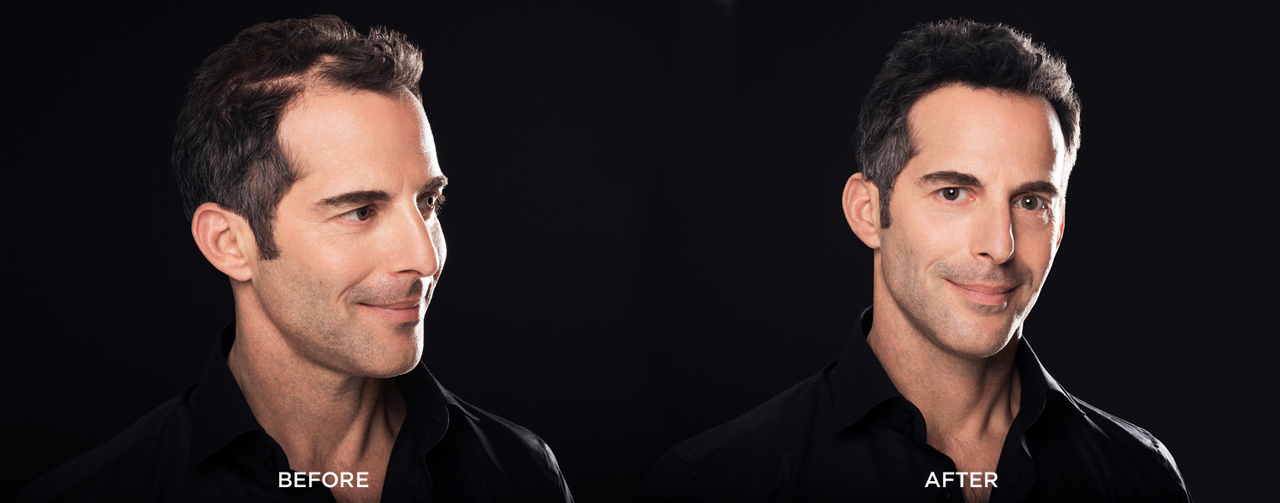
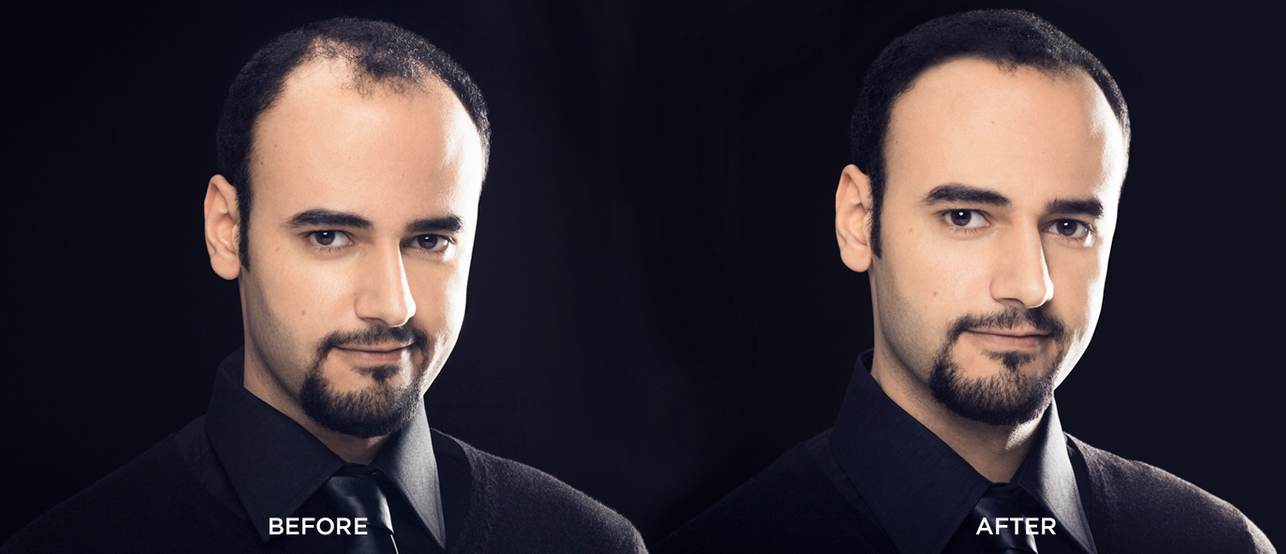 To see more results and testimonials with Hair Building Fibers, visit our blog post on Hair Building Fibers Reviews.
To see more results and testimonials with Hair Building Fibers, visit our blog post on Hair Building Fibers Reviews.
Scalp Show-Through or Balding
If you have larger areas of hair loss, scalp show-through or even bald spots, you will need a product that sticks to your scalp, and not only your hair. Toppik Colored Hair Thickener is a colored spray that instantly makes thinning hair look thick and full. It fills in thinning hair while also covering bald spots, and won’t rub off until you wash your hair with shampoo.
Here is what some of our customers had to say about Toppik Colored Hair Thickener:
“I have thin hair and developed a bald spot at the top of my head the size of a silver dollar. I was always asking my friends and family if it was showing. I started to pin my hair down with a bobby pin to keep it covered. My hair is growing back but it is going to take a long time. This cream is thick and covers the area very well. A little goes a long ways so I am sure the tube will last for awhile.”
-Janet
“I have been using Couvre for probably close to 20 years and can’t imagine living without it...I love the fact that it doesn’t break down and bleed away when sweating or swimming (I’m very active)."
-Michael
Have you tried any of our Toppik products to help with thinning hair or hair loss? Tell us in the comments section below what worked best for you!
Stay In the Know
Now that we’ve gone through male hair loss and treatments, next week we’re talking about their female counterparts and hair loss.
If you want to be the first to know about new posts to the Hair Toppiks Blog, sign up for the Toppik VIP list to receive an email a couple times per month or check us out on Facebook!

